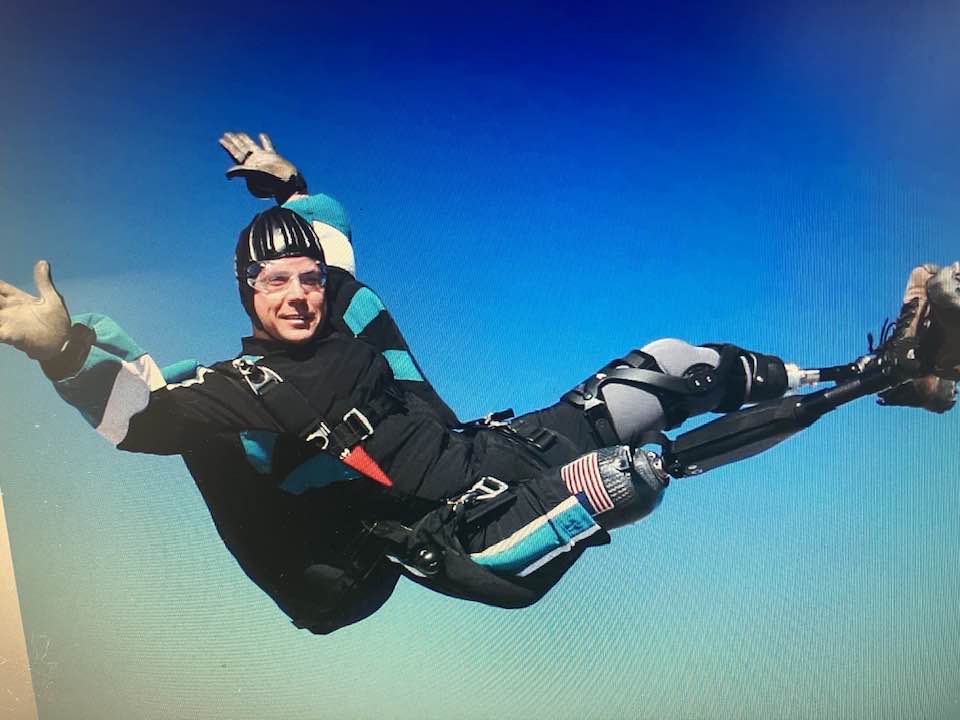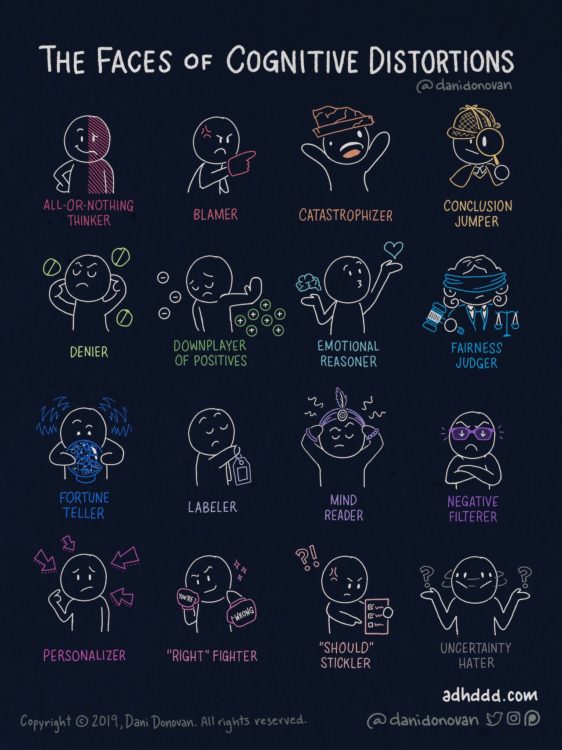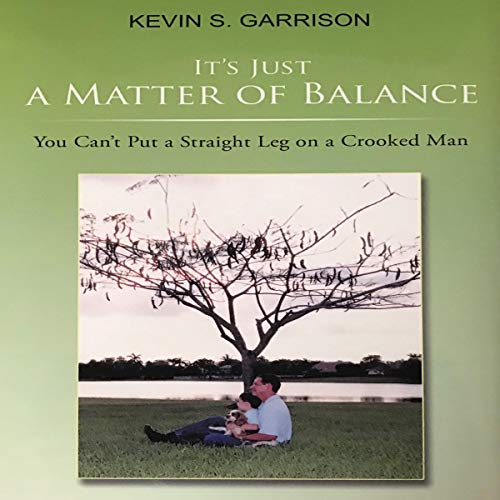
You can stop a panic attack after an amputation. It is normal to feel like you have had a heart attack. You wake up in a hospital bed, not wanting to look at what is missing, but more importantly, you may not have had time to prepare for an amputation. Your anxiety may blow up into a panic attack as you struggle for control. Either you are ready for this moment or have a good chance of experiencing your first panic attack. This article will help you understand what a panic attack is. You can stop a panic attack after an amputation.
Anxiety disorders are the most common psychological problems amputees face, affecting more than 25 million Americans. Panic Attacks are the most acute form of anxiety. They start with a racing heartbeat, trembling, dizziness, followed by chest pain, sweating, and chills. As anxiety mounts, the situation gets less tangible until you detach from your immediate situation. Finally, you become convinced you will die or at least have a heart attack.
Everyone who experiences their first panic attack hopes that getting to an Emergency Room will end this macabre torment. After getting little or no relief, they discover what the E.R. doctor meant by calling them a “GOMER,” which is short for “Get out of my E.R.!” Noone returns to that kind of cold rejection. Untreated anxiety disorders cause you to avoid people, places, or situations that trigger or worsen your symptoms. Your not wanting to return to where your last panic attack happened can quickly develop into a phobia when you have convinced yourself it will cause another panic attack. Here are some ways to stop a panic attack after an amputation.
For me, my first panic attack was a violent experience. I woke up missing a foot. Like the first shock of a horror movie, I refused to register the reality of what happened. Denial told me I could just hit the floor running. Disconnection from reality didn’t get me any farther from bedridden. Waves of fear and loss of control rolled over me. I struggled to calm my racing heart. Had I only known some of these techniques, I could have dealt with my panic differently.
R.I.D.E. the Wave of Panic
R.I.D.E. stands for recognizing, involve, distract, and end. It is a technique developed by Linda Walter L.C.S.W. When you feel a panic attack coming on, remind yourself that you’re feeling anxiety and not a real danger. You can even try directly addressing the fear. Practice a go-to response like, “I am not afraid” or “This too will pass.” Mantra, prayers, and any other way you have developed to remain calm and balanced even though you feel you are on the Titanic going down! When the attack is over, you’ll realize that nothing terrible happened. Most panic attacks last for twenty minutes.
Breathe Through It
An attack may make you take quick, shallow breaths, so get your breathing under control. The Navy Seals developed a technique called “Box Breathing” as a simple, powerful way to stop panic attacks. Close your eyes. Breathe in through your nose while counting to four slowly. Feel the air enter your lungs. Hold your breath inside while counting slowly to four. Try not to clamp your mouth or nose shut. Avoid inhaling or exhaling for 4 seconds. Begin to exhale for 4 seconds slowly. Repeat steps 1 to 3 at least three times. Ideally, repeat the three steps for 4 minutes or until calm returns. After a few minutes, you should start to feel better.
Keep Your Mind in the Present
Mindful therapy is a well-established technique to remain in the here and now. Notice five things you can see around you. Then, four things you can touch. Three things you can hear. Two things you smell. One thing you taste. When you stay grounded in what’s going on around you, it gives your mind something better to do than focus on fear or bounces from one worry to the next.
H.A.L.T. Your Attack
H.A.L.T. stands for hungry, angry, lonely, and tired are four feelings that bring out the worst in everyone. If you’re prone to panic attacks, they can turn into triggers. When symptoms pop up, check in with yourself: Am I hungry? Am I angry? Once you pinpoint what’s going on, you can take steps to fix it.
Progressive Muscle Relaxation
When you feel a panic attack coming on — or are in the middle of one — tense one muscle at a time and then relax it. Repeat this everywhere until your whole body is relaxed.
Stop the ‘What Ifs
Panic attacks feed on thoughts of “what if.” What if I can’t do it? But what if I run into my ex? What if everyone laughs at me? Acknowledge that fear, then shift from “what if” to “so what?” Sometimes the worst-case scenario isn’t as bad as it seems. This is the heart of Cognitive Behavioral Therapy.
Anxiety Meditation
Although the techniques are not new, Allan Twain has shown the ability to reduce anxiety through “Mindful Meditation.” He shows that yoga, tai chi, and meditation are significant ways of reducing anxiety.
You Can Stop a Panic Attack After an Amputation
Finally, why does one amputee have panic attacks and another does not? If your amputation was carefully planned and you have a therapist you have seen regularly, you are less likely to suffer panic attacks. If you have devoted some time with your therapist to improve your coping skills and attitude about your health, you will feel a sense of control despite the impending loss. Having a psychiatric evaluation and accepting some medication will improve your chances of staying on top of the situation. If you have not had the time to work out your finances and have no post-amputation therapy planned, you may be more susceptible. Do you have a support system in place? Are the services you need appropriate and accessible? Having living arrangements planned out with accommodations for your limb loss will be insurance against the terror of panic attacks.






